Coincidentally stumbling upon the Male Kimono Plan may open a gateway to a world of tradition and elegance. With a focus on traditional male kimono styles and the art of wearing them with grace, this plan offers a unique opportunity to explore the cultural significance of this iconic garment.
From understanding the intricate details of kimono fabrics to mastering kimono etiquette, the Male Kimono Plan provides a comprehensive guide to immersing oneself in the beauty and sophistication of Japanese attire.
Curious to uncover more about this captivating sartorial journey?
Just The Basics
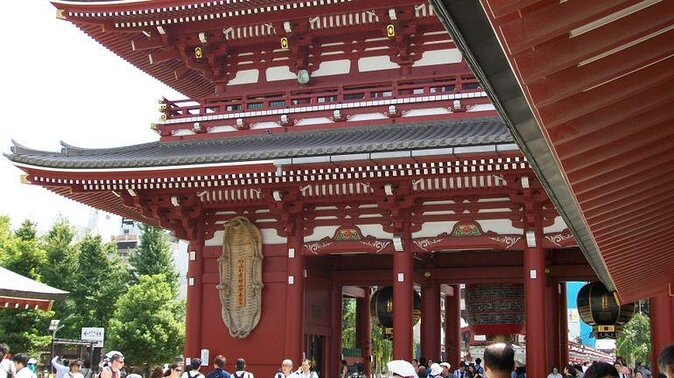
- Embrace timeless elegance and cultural significance of traditional male kimono styles.
- Learn essential tying techniques and attend workshops for hands-on guidance.
- Choose the right fabric based on occasion and personal style preferences.
- Understand kimono accessories and etiquette for a stylish and respectful appearance.
Here's some other great tours and experiences nearby we think you'll like.
Traditional Male Kimono Styles
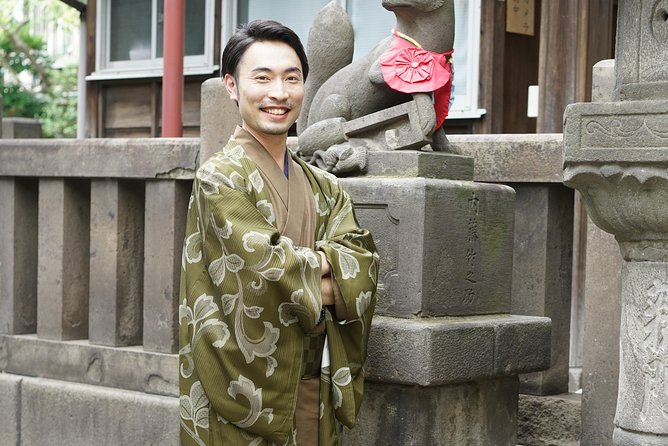
Traditional male kimono styles showcase a timeless elegance and historical significance that make them a popular choice in the world of kimono fashion. These traditional garments aren’t just clothing items but also hold cultural importance, reflecting Japan’s rich heritage.
The intricate designs, vibrant colors, and luxurious fabrics used in male kimono styles highlight the attention to detail and craftsmanship that goes into creating them. From formal occasions to casual wear, the versatility of male kimonos adds to their appeal.
Understanding the historical significance behind each pattern and fabric used in male kimono styles can deepen one’s appreciation for this traditional clothing. Embracing the beauty and tradition of male kimonos is a way to connect with Japanese culture and history.
How to Wear a Kimono
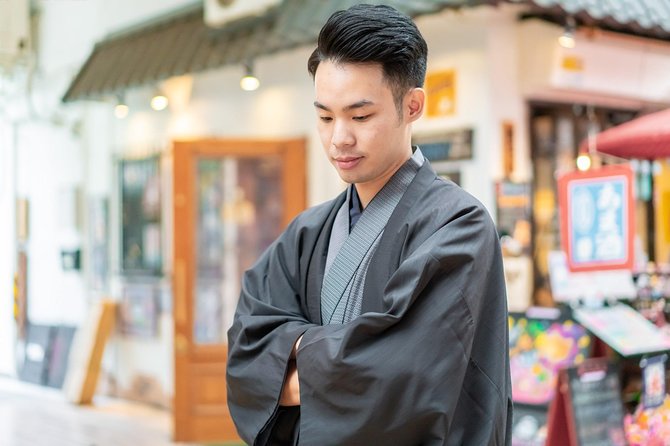
For those intrigued by the allure of male kimonos, learning how to wear these traditional garments can be a captivating journey into Japanese culture and fashion. When it comes to putting on a kimono, mastering the art of kimono tying techniques is essential. There are various methods to tie a kimono, each reflecting different occasions and personal styles.
If you’re new to wearing kimonos, attending kimono dressing workshops can be incredibly helpful. These workshops offer hands-on guidance on how to properly wear a kimono, ensuring you look stylish and feel comfortable. By participating in these workshops, you not only learn the techniques but also gain a deeper appreciation for the intricate details of this iconic attire.
Choosing the Right Kimono Fabric

When selecting the perfect kimono fabric, consider the texture and color that best suits your personal style and occasion. When it comes to fabric choices, the main decision often lies between silk and cotton. Silk kimono fabric exudes luxury and elegance, making it ideal for formal events or special occasions. On the other hand, cotton kimono fabric is more breathable and comfortable, perfect for casual outings or everyday wear. Plus, color coordination plays a crucial role in enhancing the overall look of your kimono ensemble. Consider choosing colors that complement your skin tone and match the occasion you will be attending. Here’s a simple comparison table to help you decide:
| Fabric | Characteristics |
|---|---|
| Silk | Luxury, elegance |
| Cotton | Breathable, comfort |
Understanding Kimono Accessories
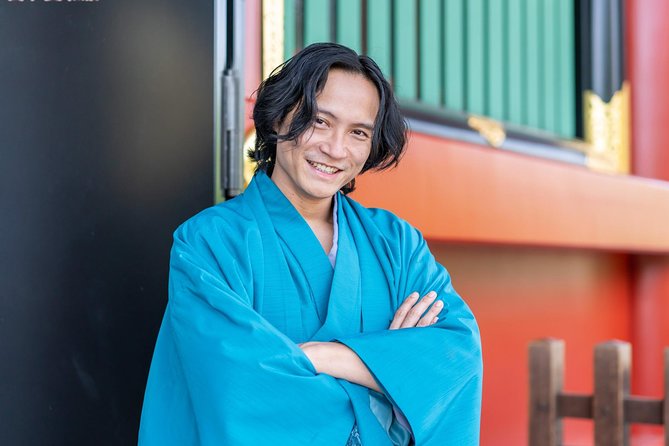
Discover essential kimono accessories that elevate your outfit effortlessly.
-
Obi: This sash not only holds the kimono together but also adds a pop of color and style to your ensemble.
-
Tabi Socks: These traditional split-toe socks aren’t only comfortable but also essential for wearing with traditional Japanese footwear.
-
Hakama: These pleated trousers add a touch of elegance and formality to your kimono look.
-
Kanzashi: These ornamental hairpieces bring a touch of tradition and artistry to your hairstyle, reflecting historical significance in Japanese culture.
These kimono accessories not only enhance your outfit but also connect you to the historical roots of Japanese fashion and culture. Incorporating these elements can truly elevate your kimono ensemble to the next level.
Kimono Etiquette and Tips
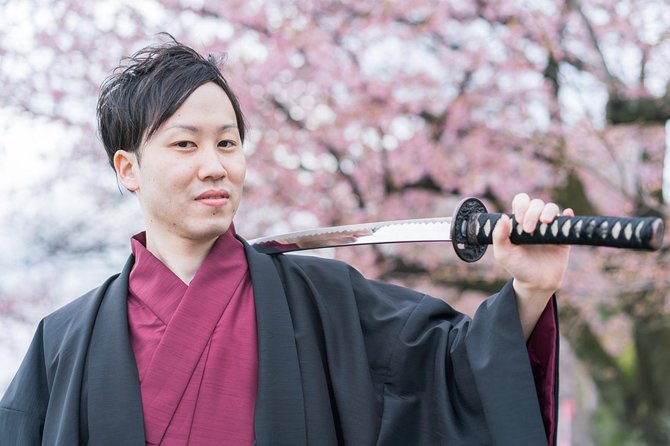
Let’s explore some simple yet valuable tips for wearing a kimono gracefully and respecting Japanese cultural norms. When it comes to kimono etiquette and tips, understanding kimono sizing and maintenance is crucial. Historically, the evolution of the kimono and its cultural significance play a significant role in Japanese traditions. Here are some key points to keep in mind:
| Kimono Sizing | Maintenance |
|---|---|
| Ensure a proper fit by consulting size charts or getting professional help | Follow care instructions carefully to preserve the fabric and colors |
| Historical Kimono Evolution | Cultural Significance |
| Learn about the different styles and changes in kimono designs over time | Understand the symbolism and occasions where specific kimono are worn |
Frequently Asked Questions
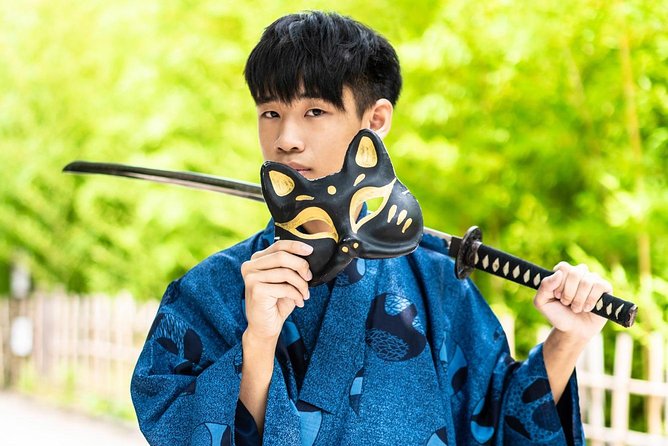
Can I Wear a Kimono if I Have a Specific Cultural Background or Heritage?
Yes, anyone can wear a kimono regardless of their cultural identity. It’s a versatile garment that transcends borders and celebrates fashion trends from different backgrounds. Embracing the beauty of a kimono showcases a blend of tradition and style.
Are There Specific Occasions or Events Where Wearing a Kimono Is Not Appropriate?
In some cultures, wearing a kimono might not be suitable for casual gatherings or beach vacations due to its formal nature. Understanding the appropriate occasions for kimono wear is essential to show respect for the tradition.
How Do I Properly Care for and Store My Kimono to Ensure Its Longevity?
When caring for a kimono, proper storage is key for longevity. Maintenance includes gentle cleaning and avoiding direct sunlight. Preservation techniques involve folding correctly and using storage solutions like garment bags. Embracing heritage influence while avoiding cultural appropriation is essential.
Are There Any Taboos or Superstitions Associated With Wearing a Kimono?
When wearing a kimono, some superstitions caution against certain colors and patterns. For example, bright red is often avoided for weddings as it signifies divorce. Avoid wearing kimono patterns that are reserved for specific occasions to show respect.
Is It Possible to Rent or Borrow a Kimono for a Special Event Instead of Purchasing One?
Yes, it’s possible to rent or borrow a kimono for a special event instead of purchasing one. Many places offer kimono rental services, providing a cost-effective way to enjoy wearing this traditional attire without the commitment of buying.
Final Words

So, whether you’re a kimono aficionado or just dipping your toes into the world of traditional Japanese fashion, the Male Kimono Plan is a must-try experience.
From mastering the art of wearing a kimono to selecting the perfect fabric, this journey offers a glimpse into the timeless elegance and cultural significance of this iconic garment.
So why not step into the world of kimonos and embrace the beauty and grace they have to offer?
It’s a stylish adventure waiting to be explored!
